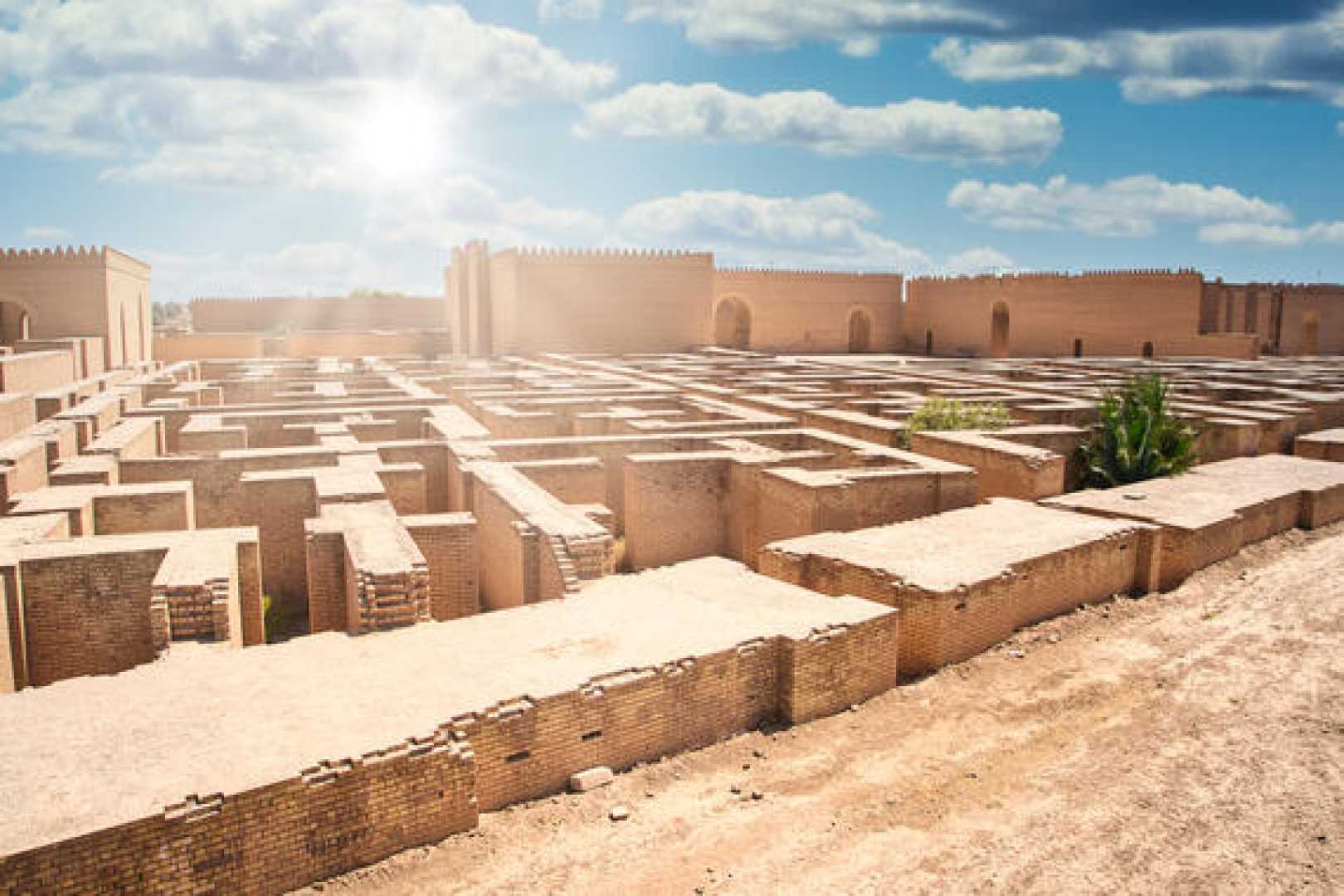News
Unveiling the Ancient City of Babylon: A Historical and Cultural Hub

Babylon, an ancient city located on the lower Euphrates river in southern Mesopotamia, is a site of immense historical and cultural significance. Situated within modern-day Hillah, Iraq, approximately 85 kilometers (55 miles) south of Baghdad, Babylon was once the capital of the Neo-Babylonian Empire around 600 BCE.
During its peak, Babylon was a flourishing metropolis known for its architectural marvels, including the famous Hanging Gardens, one of the Seven Wonders of the Ancient World. The city was also renowned for its sophisticated irrigation systems and the Ishtar Gate, adorned with images of dragons and bulls.
Babylon played a crucial role in the development of law, governance, and literature. The Code of Hammurabi, one of the earliest surviving codes of law, was created during the reign of Hammurabi in the 18th century BCE. The city was also a center of learning and culture, with significant contributions to astronomy, mathematics, and literature.
The historical significance of Babylon extends beyond its ancient achievements. It has been a subject of archaeological interest and excavation, providing valuable insights into the lives of ancient civilizations. Today, the site of Babylon remains a testament to the rich cultural heritage of Mesopotamia and continues to fascinate historians and archaeologists alike.












